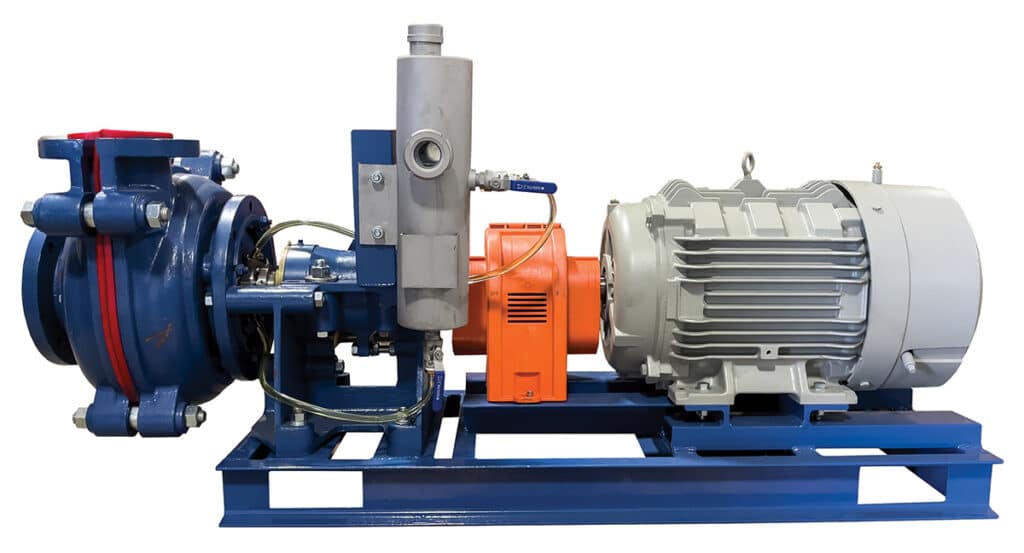
Slurry pumps are vital equipment in various industries for handling fluids with solid particles. Operating these pumps efficiently is crucial for the smooth functioning of processes and to extend the lifespan of the equipment. However, there are several common mistakes that operators need to avoid to ensure optimal performance and prevent unnecessary breakdowns. In this article, we will discuss 7 common mistakes to steer clear of when operating a pump for slurry.
Mistake #1: Improper Installation
Common errors in installation include:
- Failure to level the pump properly
- Inadequate support for the pump and piping
- Incorrect alignment of the pump and motor
Proper installation is crucial for the efficient operation of a pump for slurry. Ensure that the pump is installed according to the manufacturer's guidelines to prevent issues such as vibration, misalignment, and premature wear.
Mistake #2: Neglecting Maintenance
Key maintenance tasks for slurry pumps:
- Regular lubrication of bearings
- Inspecting and replacing worn parts
- Cleaning the pump and removing debris
Ignoring routine maintenance can lead to decreased pump performance and eventual failure. Establish a maintenance schedule and adhere to it to keep the pump operating smoothly.
Mistake #3: Running the Pump at the Wrong Speed
Factors to consider for pump speed:
- Slurry viscosity
- Particle size and concentration
- System pressure requirements
Operating the pump at the incorrect speed can result in inefficiency, cavitation, and damage to the pump. Adjust the pump speed according to the specific requirements of the slurry being handled.
Mistake #4: Overlooking Pump Cavitation
Signs of pump cavitation:
- Unusual noise from the pump
- Reduced flow rate
- Damage to impeller and other components
Cavitation can occur when the pressure in the pump drops too low, causing the formation of vapor bubbles that implode and lead to damage. Monitor the pump for signs of cavitation and take corrective action promptly.
Mistake #5: Using the Wrong Pump for the Application
Considerations when selecting a pump:
- Slurry characteristics
- Flow rate and head requirements
- Operating conditions
Using a pump that is not suited for the specific slurry application can lead to inefficiency, increased wear, and frequent breakdowns. Make sure to choose the right type of pump based on the requirements of the system.
Mistake #6: Ignoring Safety Precautions
Important safety measures for pump operation:
- Proper lockout/tagout procedures
- Wearing appropriate personal protective equipment
- Training for handling hazardous materials
Failure to follow safety protocols during pump operation can result in accidents, injuries, and damage to equipment. Prioritize safety at all times to protect personnel and equipment.
Mistake #7: Neglecting Pump Monitoring and Control
Effective monitoring practices for slurry pumps:
- Installing sensors for key parameters
- Regularly checking pump performance
- Utilizing control systems for automation
Continuous monitoring of the pump operation allows for early detection of issues and proactive maintenance. Implement monitoring systems and controls to optimize pump performance and prevent unexpected failures.